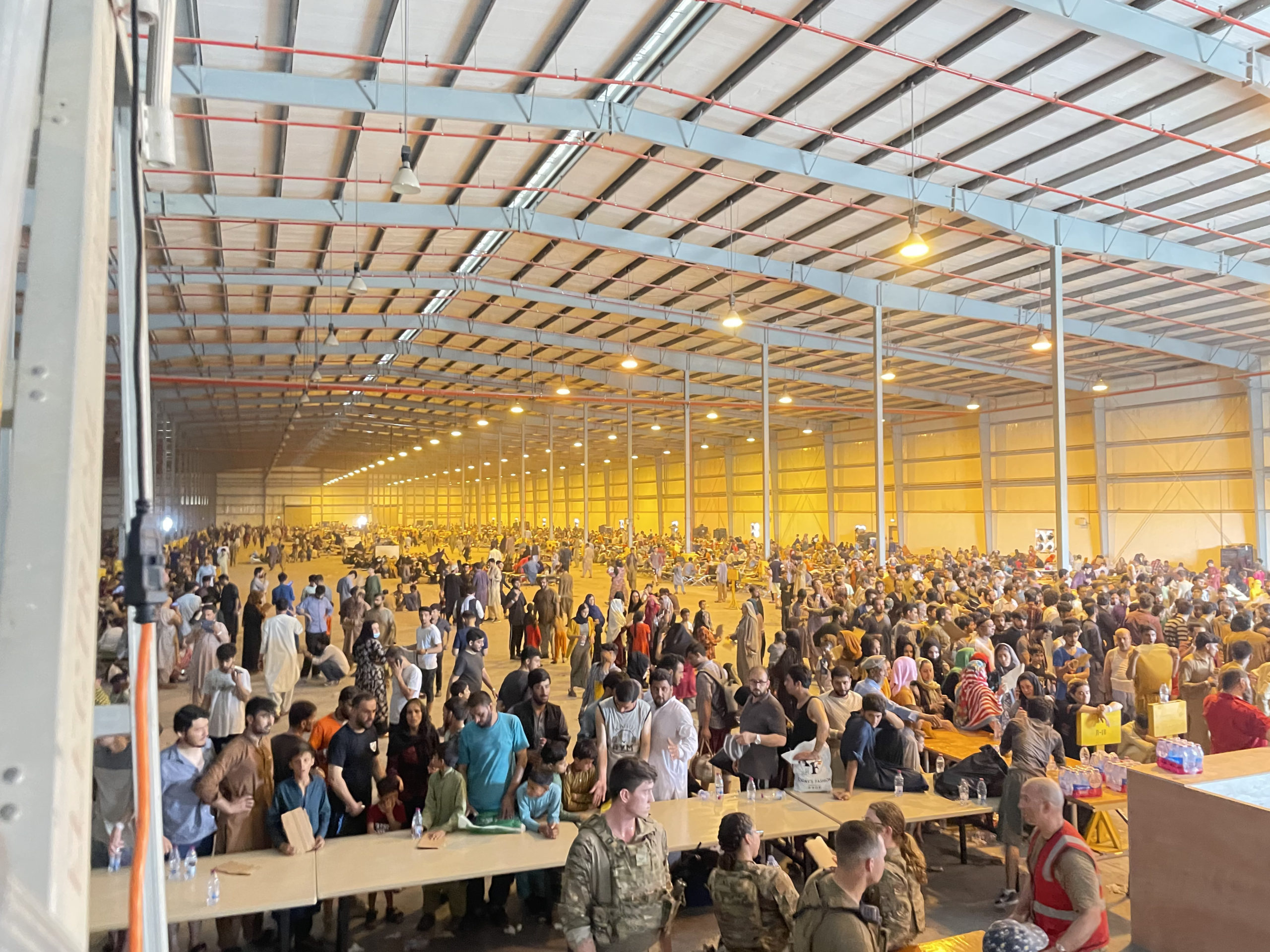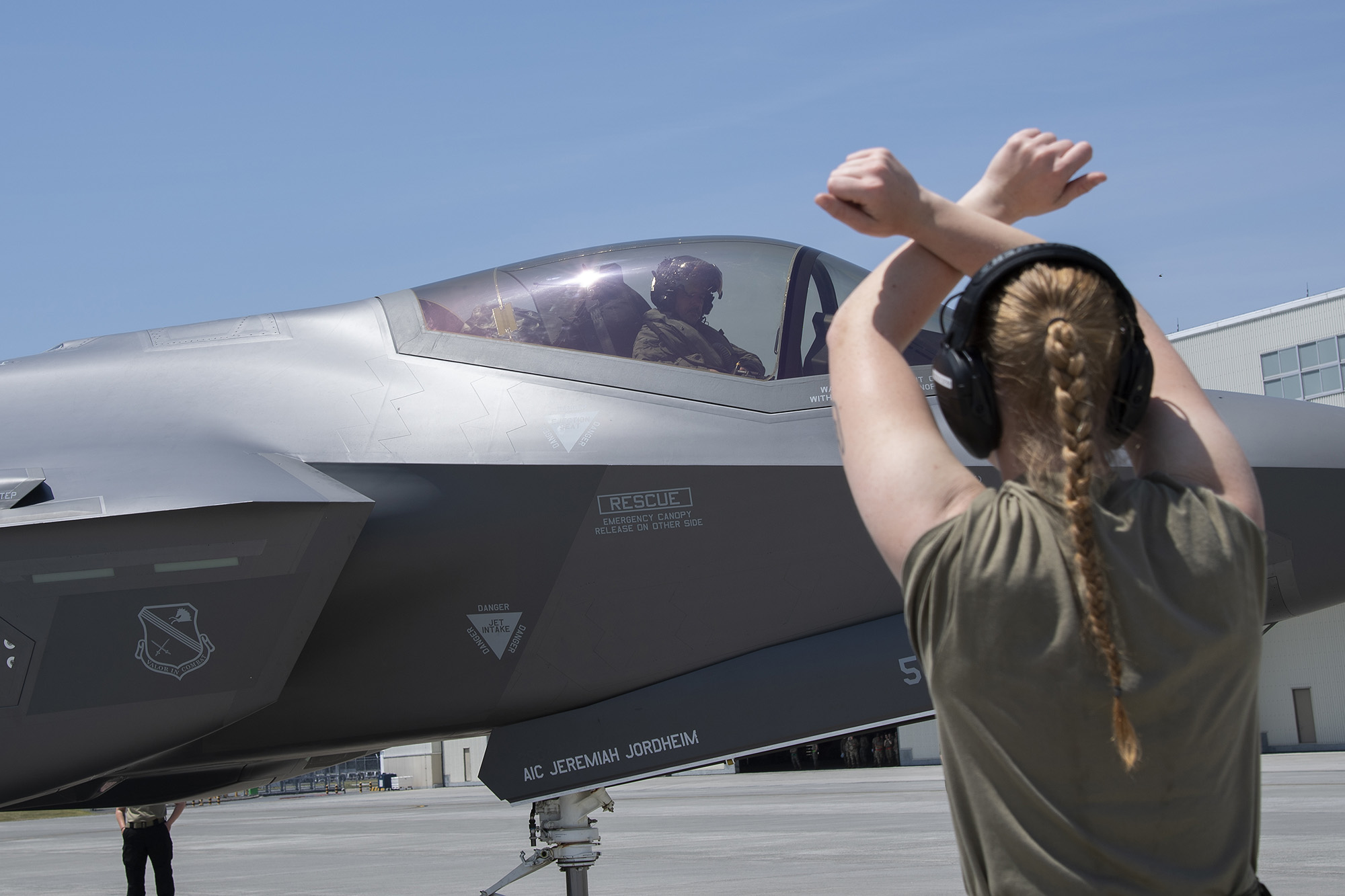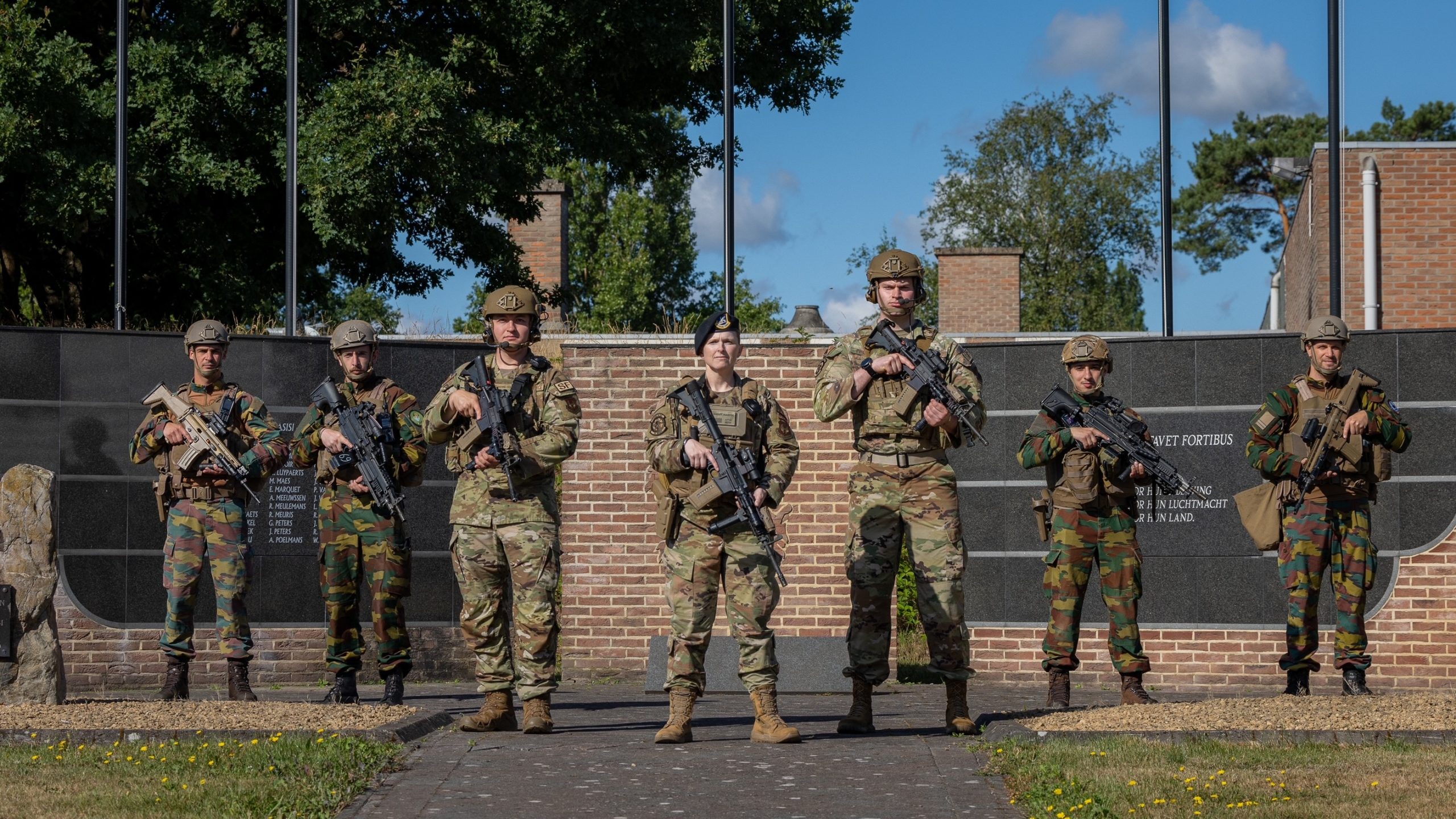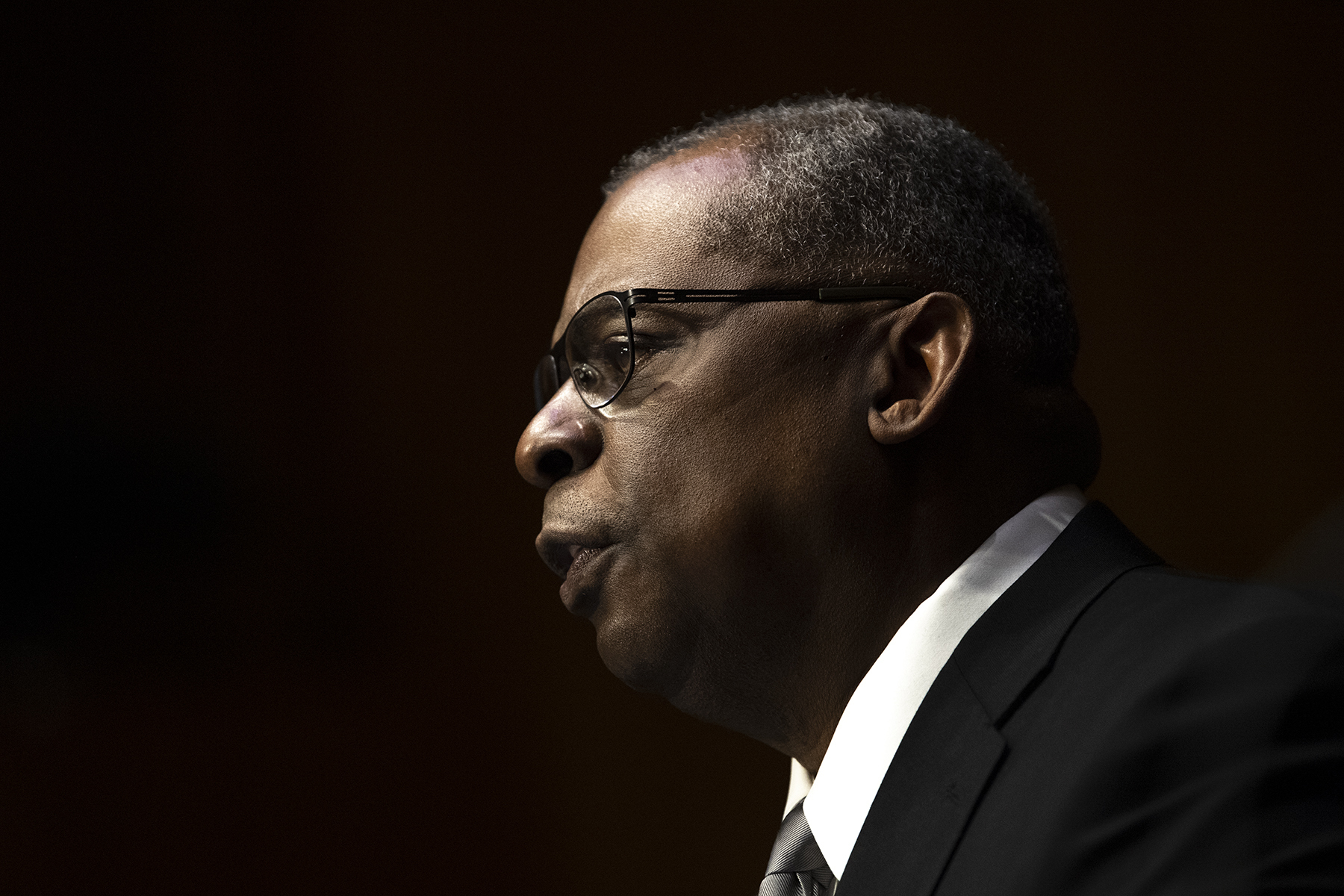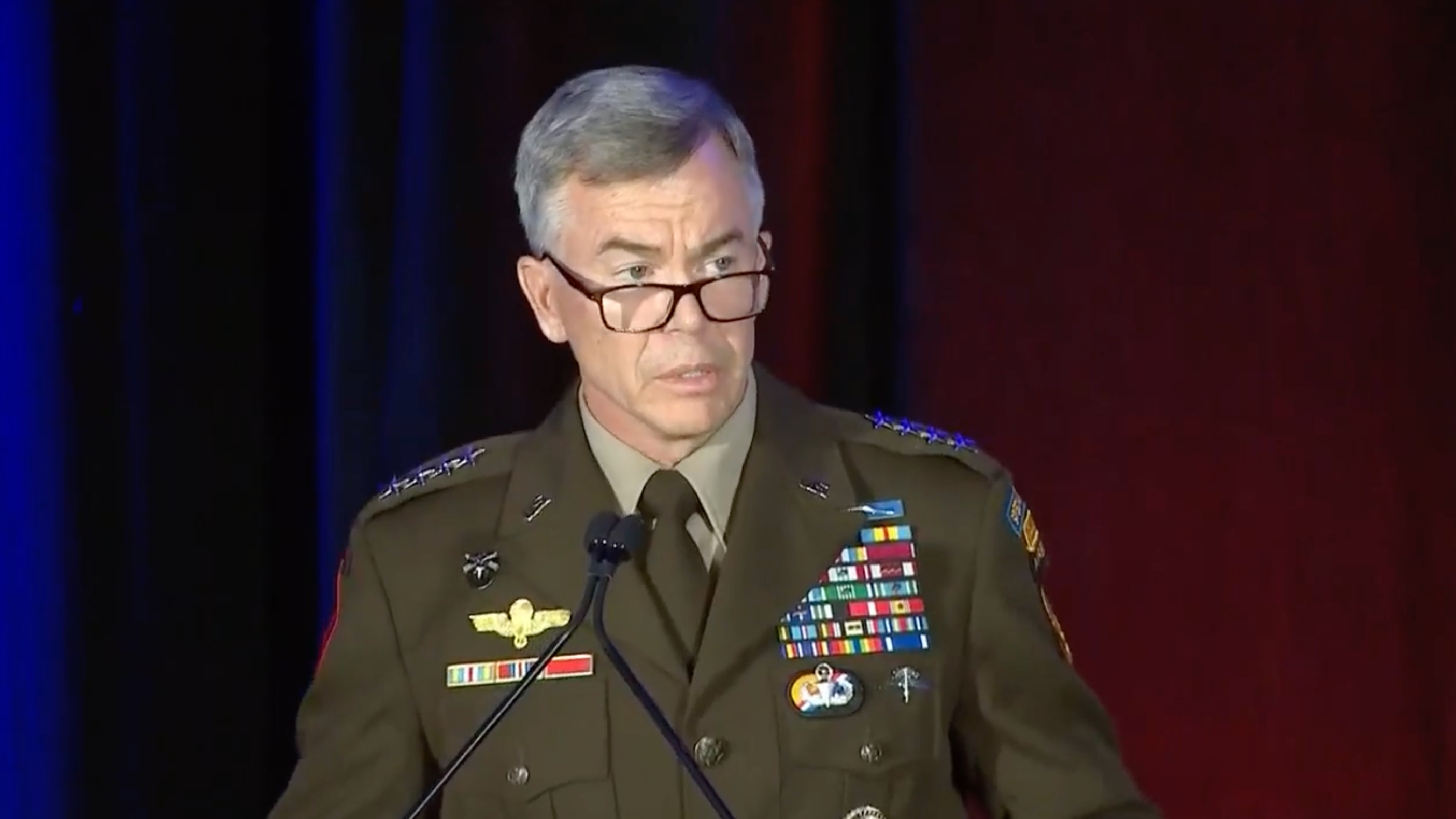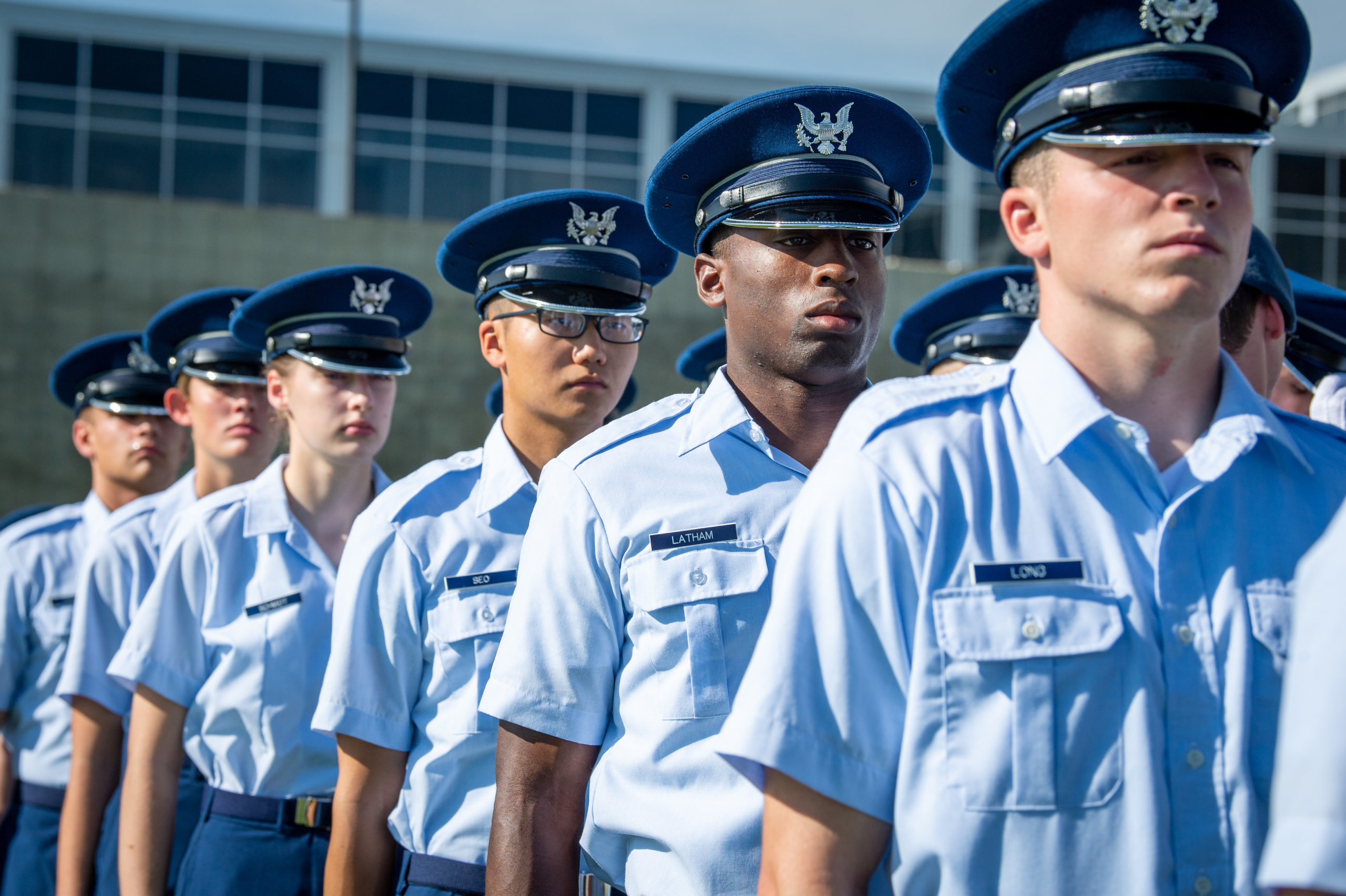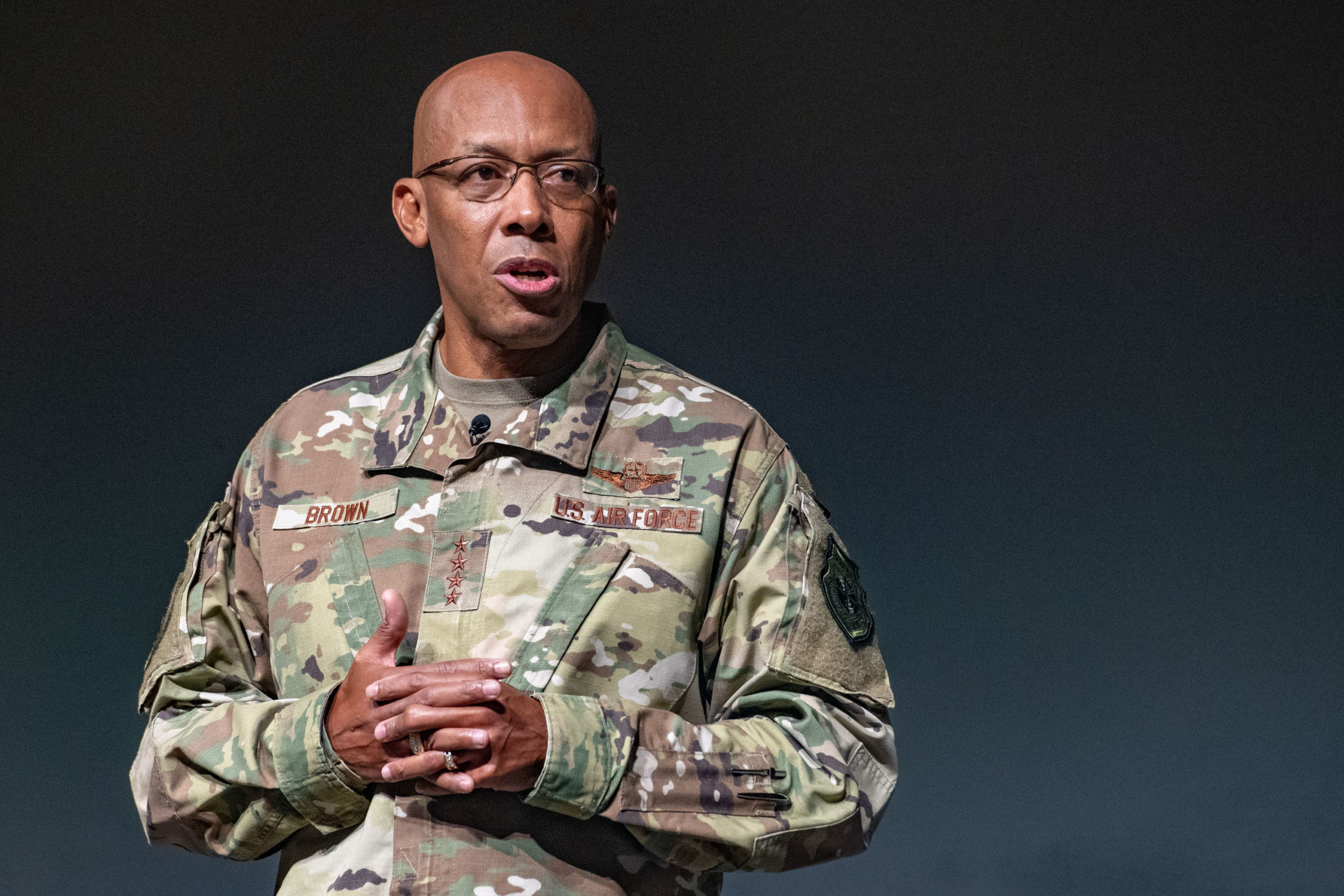Work on the Defense Department’s after action report on the war in Afghanistan and the withdrawal from Kabul is finished, Pentagon Press Secretary Brig. Gen. Patrick S. Ryder said Aug. 31—but when the public might get to read the report remains to be seen.
There have also been a military investigation into the deadly suicide bombing that killed 13 U.S. service members and dozens of Afghan civilians outside Hamid Karzai International Airport as well as an Air Force inspector general’s report on the erroneous drone strike following that bombing that killed 10 civilians.
However, it’s been a longer wait for the after-action report the department typically produces after conflicts, detailing timelines of events, observations, discussions, and recommendations for future actions, as part of the Joint Lessons Learned Program.
“The after action report is complete, it’s under review,” Ryder said in a press briefing at the Pentagon. “Right now, [Defense Secretary Lloyd J. Austin III] is reviewing it. At this time, the report is classified. So at a point that we have more to provide on that, we certainly will.”
Ryder’s comments come a month after the Wall Street Journal reported that DOD leadership was reviewing the report and considering not releasing any portion of it.
Awards
While the after action report is still yet to come, Austin did announce Aug. 31 that all units involved in Operation Allies Refuge and Operation Allies Welcome, the two operations that rescued Afghan civilians fleeing the Taliban and helped resettle them in the U.S., will receive the Meritorious Unit Commendation or its equivalent.
The Air Force’s equivalent is the Meritorious Unit Award and is given “for exceptionally meritorious conduct in the performance of outstanding achievement or service in direct support of combat operations.
“The degree of achievement required is the same as that which would warrant award of the Legion of Merit,” the Air Force Personnel Center website states.
Austin also said he is directing the respective military departments to conduct an expedited review of all the units present at Hamid Karzai International Airport from Aug. 15 to Aug. 30, 2021—the final few days of the withdrawal as the Taliban seized control of Kabul—to determine if those units should receive the Presidential Unit Citation.
The PUC, first established in 1942, is reserved for units that “display such gallantry, determination, and esprit de corps in accomplishing its mission as to set it apart from and above other units participating in the same campaign,” according to the AFPC website.
The degree of heroism is equivalent to the Air Force Cross for an individual, and Austin’s announcement specifies that the expedited review also include consideration for “appropriate individual awards.”
“This is a significant recognition for those who served in Afghanistan and participated in this very significant event. … From the Secretary’s standpoint, really the key message here is that it’s meant to express the gratitude of the Department of Defense and our nation for what it is that our men and women serving in Afghanistan during this very challenging time, what they accomplished,” Ryder said.
